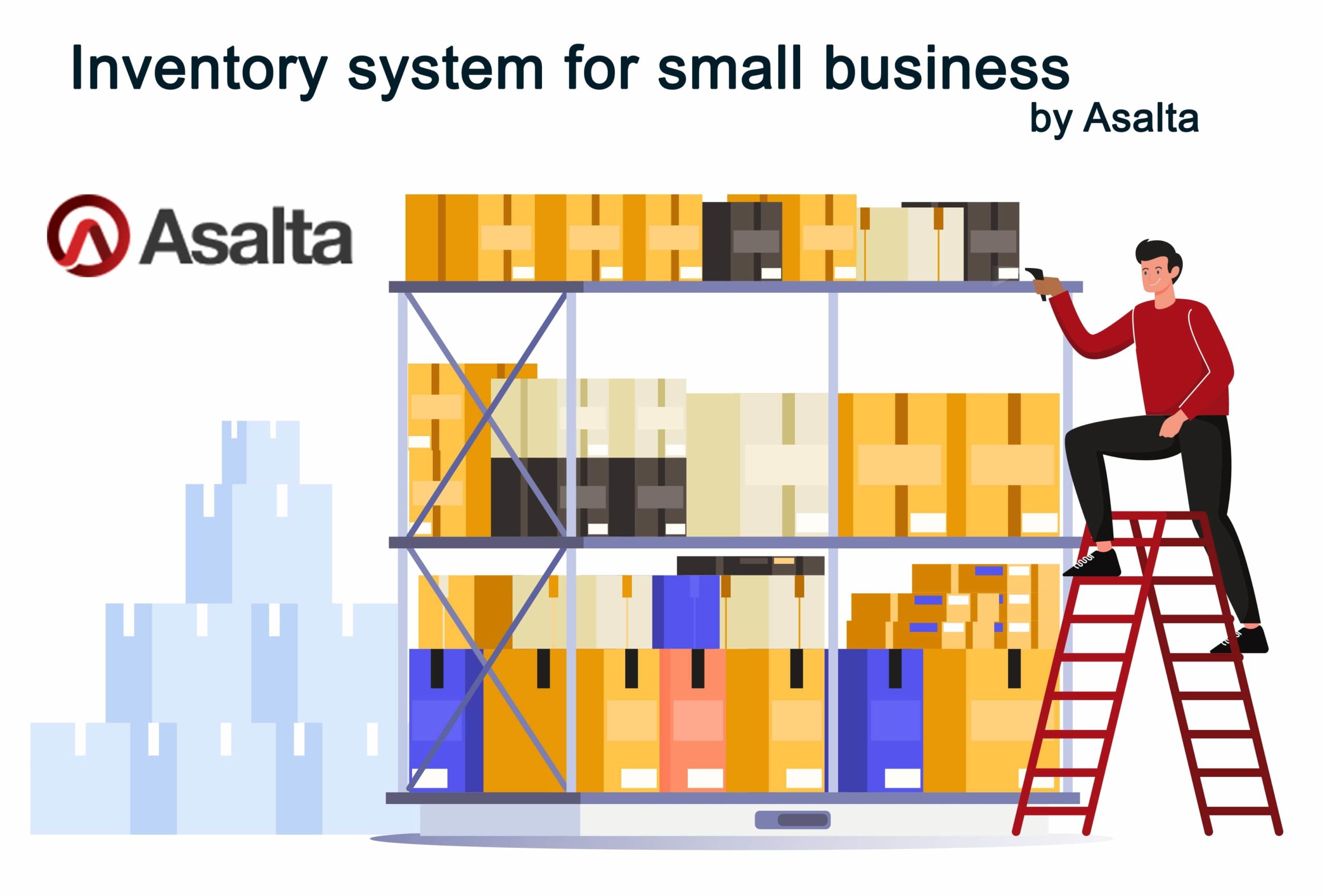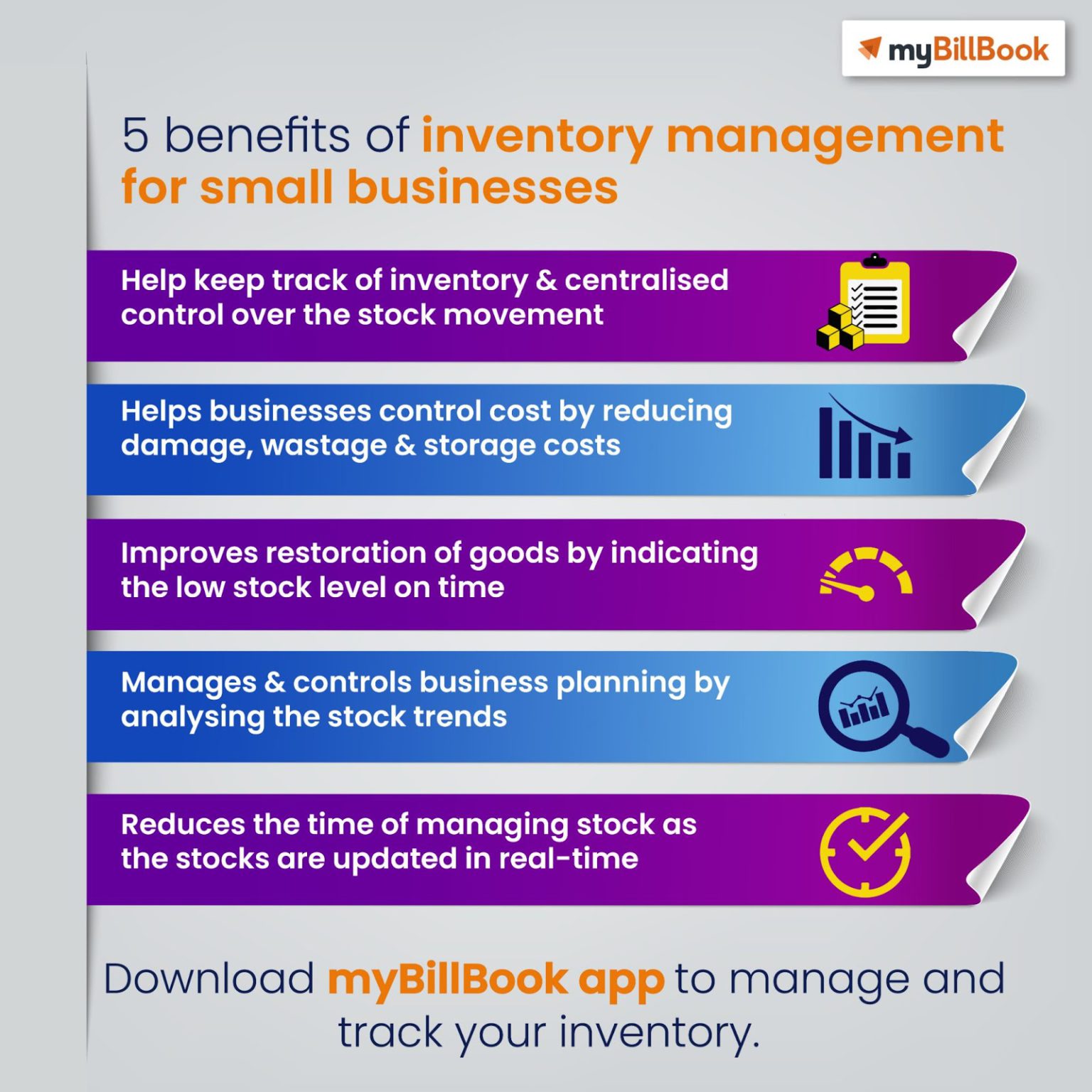Inventory systems for small business – In the competitive landscape of small business, inventory systems play a pivotal role in streamlining operations, reducing costs, and enhancing profitability. As a small business owner, understanding the types, features, and benefits of inventory systems is crucial to optimize your inventory management and drive business growth.
This comprehensive guide delves into the intricacies of inventory systems for small businesses, providing insights into their implementation, management, and integration with other business systems. By leveraging inventory data for informed decision-making and embracing mobile and cloud-based options, small businesses can gain a competitive edge and achieve operational excellence.
Overview of Inventory Systems
Inventory systems are crucial for small businesses to manage their stock levels effectively. They provide real-time visibility into inventory, enabling businesses to optimize stock levels, reduce waste, and improve customer satisfaction.
There are various types of inventory systems available, each tailored to specific business needs. Some common types include:
Types of Inventory Systems
- Periodic Inventory System:This system involves manually counting inventory at regular intervals, such as monthly or quarterly.
- Perpetual Inventory System:This system continuously tracks inventory levels as transactions occur, providing real-time visibility into stock levels.
- Just-in-Time (JIT) Inventory System:This system aims to minimize inventory levels by receiving stock only when needed, reducing storage costs and waste.
Inventory Systems for Small Businesses
Several inventory systems are specifically designed for small businesses, offering user-friendly interfaces and affordable pricing. Some examples include:
- Square Inventory:An intuitive system that integrates with Square POS, allowing businesses to manage inventory, sales, and payments in one platform.
- Shopify Inventory:Designed for e-commerce businesses, Shopify Inventory provides real-time stock tracking, order fulfillment, and multi-channel inventory management.
- Zoho Inventory:A cloud-based inventory management system that offers features such as barcode scanning, multi-warehouse management, and customizable reports.
Implementation and Management

Implementing an inventory system is crucial for small businesses to effectively track, manage, and optimize their inventory levels. This involves a series of steps and best practices that ensure efficient inventory management.
Steps Involved in Implementing an Inventory System
- Define Inventory Goals:Determine the specific objectives and goals for implementing an inventory system, such as improving stock accuracy, reducing waste, or optimizing cash flow.
- Choose the Right System:Select an inventory system that aligns with the business’s needs, size, and industry. Consider factors such as scalability, cost, ease of use, and integration with other systems.
- Set Up the System:Configure the inventory system according to the business’s specific requirements, including product categories, locations, and reorder points.
- Train Staff:Provide thorough training to staff responsible for managing inventory, ensuring they understand the system’s functionality and best practices.
- Integrate with Other Systems:Connect the inventory system with other business systems, such as accounting software, e-commerce platforms, and CRM, to automate processes and improve data accuracy.
Best Practices for Managing Inventory Effectively
- Regular Inventory Audits:Conduct regular physical inventory audits to verify stock accuracy and identify discrepancies.
- Establish Reorder Points:Determine appropriate reorder points for each item based on demand, lead time, and safety stock levels.
- Use Inventory Management Software:Utilize inventory management software to automate tasks, track stock levels, and generate reports.
- Implement Inventory Control Techniques:Employ techniques such as First-In, First-Out (FIFO) or Last-In, First-Out (LIFO) to manage inventory efficiently and minimize spoilage.
- Monitor Inventory Performance:Track inventory performance metrics, such as stock turnover rate, inventory carrying costs, and shrinkage, to identify areas for improvement.
Common Challenges Faced by Small Businesses in Inventory Management, Inventory systems for small business
- Limited Resources:Small businesses often face resource constraints, making it challenging to invest in robust inventory systems or hire dedicated inventory management staff.
- Inaccurate Inventory Data:Lack of regular inventory audits and manual inventory tracking can lead to inaccurate inventory data, resulting in stockouts or overstocking.
- Fluctuating Demand:Small businesses may experience unpredictable demand patterns, making it difficult to forecast inventory needs accurately.
- Space Constraints:Limited storage space can pose challenges in managing inventory effectively, especially for businesses with a wide variety of products.
- Lack of Expertise:Small business owners may not have the necessary expertise or experience in inventory management, leading to inefficient practices and missed opportunities for optimization.
Integration with Other Systems

Integrating inventory systems with other business systems streamlines operations and improves data accuracy. By connecting inventory data with other software, businesses can automate tasks, reduce errors, and gain insights to make informed decisions.
Different types of integrations are possible, including:
- Integration with accounting systems:Synchronizes inventory data with financial records, enabling real-time updates and accurate financial reporting.
- Integration with e-commerce platforms:Automates order fulfillment by linking inventory levels to online orders, reducing shipping delays and improving customer satisfaction.
- Integration with customer relationship management (CRM) systems:Provides customer-specific inventory information, allowing for personalized recommendations and improved sales opportunities.
- Integration with warehouse management systems (WMS):Optimizes warehouse operations by tracking inventory location, movement, and availability, reducing stockouts and improving efficiency.
Successful examples of inventory system integrations include:
- Shopify and QuickBooks:Integrates inventory management with accounting, streamlining order fulfillment and financial reporting.
- Magento and Salesforce:Connects inventory data with customer profiles, enabling personalized marketing and sales strategies.
- Amazon FBA and NetSuite:Automates inventory management for Amazon sellers, providing real-time stock updates and order fulfillment.
Reporting and Analysis
Inventory systems generate comprehensive reports that provide valuable insights into stock levels, product performance, and business trends. These reports can be customized to meet specific business needs and provide critical information for decision-making.
Types of Inventory Reports
Inventory systems generate various types of reports, including:
Stock Status Reports
Provide real-time information on current inventory levels, including available stock, on-order stock, and committed stock.
Inventory Valuation Reports
Determine the total value of inventory on hand based on different valuation methods (e.g., FIFO, LIFO).
Sales Reports
Track sales performance by product, category, or customer, providing insights into product demand and customer preferences.
Purchase Reports
Monitor purchase orders, receipts, and returns, helping businesses optimize purchasing decisions.
Reorder Reports
Generate alerts when inventory levels reach predefined thresholds, ensuring timely replenishment and avoiding stockouts.
Importance of Inventory Data Analysis
Inventory data analysis is crucial for informed decision-making. By analyzing inventory reports, businesses can:
Identify trends and patterns
Track changes in inventory levels, sales patterns, and customer behavior to predict future demand and adjust inventory accordingly.
Optimize inventory levels
Determine optimal inventory levels to minimize carrying costs while ensuring stock availability.
Improve cash flow
Monitor inventory turnover rates to identify slow-moving or obsolete items, freeing up cash flow and reducing storage costs.
Reduce waste and spoilage
Analyze inventory aging reports to identify products nearing expiration or obsolescence, allowing for timely clearance or disposal.
Enhance customer satisfaction
Ensure product availability to meet customer demand, reducing backorders and improving customer loyalty.
Tips for Using Inventory Data to Improve Business Performance
Establish clear inventory goals
Define specific objectives for inventory management, such as minimizing stockouts, reducing carrying costs, or improving customer satisfaction.
Use data to make data-driven decisions
Analyze inventory reports regularly to identify areas for improvement and make informed decisions about purchasing, stocking, and inventory management strategies.
Involve key stakeholders
Share inventory data and analysis with relevant teams (e.g., purchasing, sales, operations) to foster collaboration and align decision-making.
Automate reporting and analysis
Utilize inventory software or tools that automate report generation and analysis, saving time and improving accuracy.
Continuously monitor and adjust
Regularly review inventory performance and adjust strategies as needed to optimize inventory levels, reduce costs, and improve business outcomes.
Mobile and Cloud-Based Options: Inventory Systems For Small Business
Mobile and cloud-based inventory systems offer several advantages for small businesses, including remote access, real-time data, and cost-effectiveness. These systems leverage cloud computing technology to store and manage inventory data, allowing businesses to access their inventory information from anywhere with an internet connection.
Features and Capabilities
Mobile and cloud-based inventory systems typically offer a range of features and capabilities, such as:
Real-time inventory tracking
These systems provide up-to-date information on inventory levels, allowing businesses to make informed decisions about stock levels and reordering.
Barcode scanning
Mobile devices can be equipped with barcode scanners, enabling businesses to quickly and accurately capture inventory data.
Multi-location support
Cloud-based systems allow businesses with multiple locations to manage their inventory across all locations from a single platform.
Integration with other systems
Many mobile and cloud-based inventory systems can integrate with other business applications, such as accounting and e-commerce platforms.
Examples
Some examples of mobile and cloud-based inventory systems suitable for small businesses include:
Square Inventory
Square Inventory is a mobile and cloud-based inventory management system that integrates with Square’s payment processing platform.
Zoho Inventory
Zoho Inventory is a comprehensive inventory management system that offers a range of features, including multi-location support and integration with other Zoho applications.
Shopventory
Shopventory is a cloud-based inventory management system designed specifically for retail businesses. It offers features such as barcode scanning and multi-location support.
Last Point

In conclusion, inventory systems are indispensable tools for small businesses seeking to streamline operations, minimize costs, and maximize profitability. By carefully selecting and implementing an inventory system tailored to their specific needs, small businesses can unlock the potential of their inventory and drive sustained growth.
FAQ Explained
What are the key benefits of using an inventory system for a small business?
Inventory systems offer numerous benefits, including improved stock accuracy, reduced costs, enhanced customer satisfaction, streamlined operations, and data-driven decision-making.
What factors should be considered when selecting an inventory system?
When choosing an inventory system, factors such as scalability, ease of use, cost, features, and integration capabilities should be carefully evaluated.
How can small businesses effectively manage their inventory?
Effective inventory management involves implementing best practices such as regular stock counts, cycle counting, demand forecasting, and inventory optimization techniques.